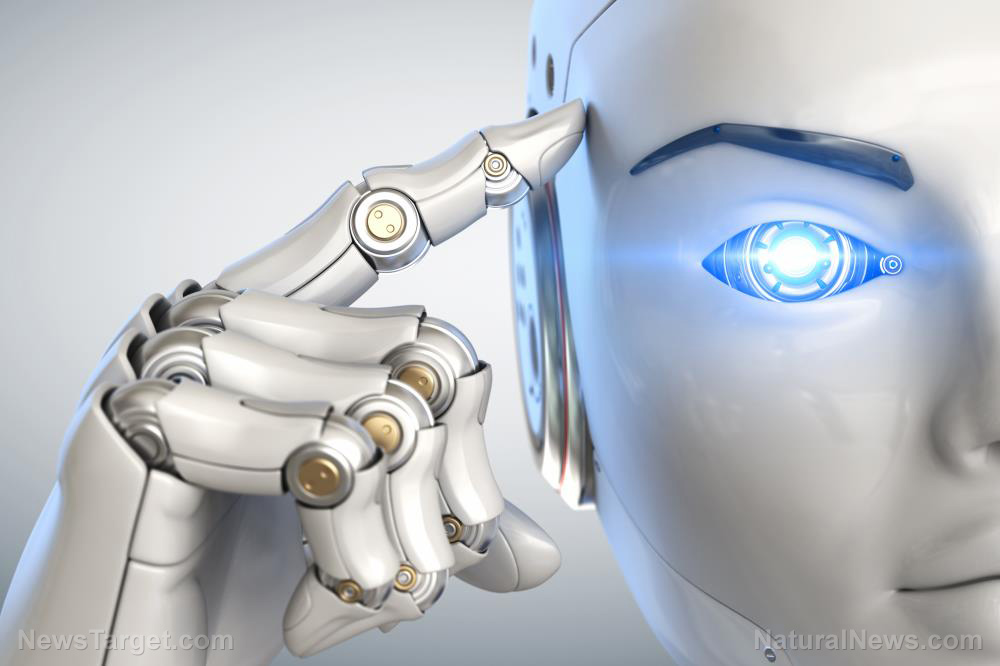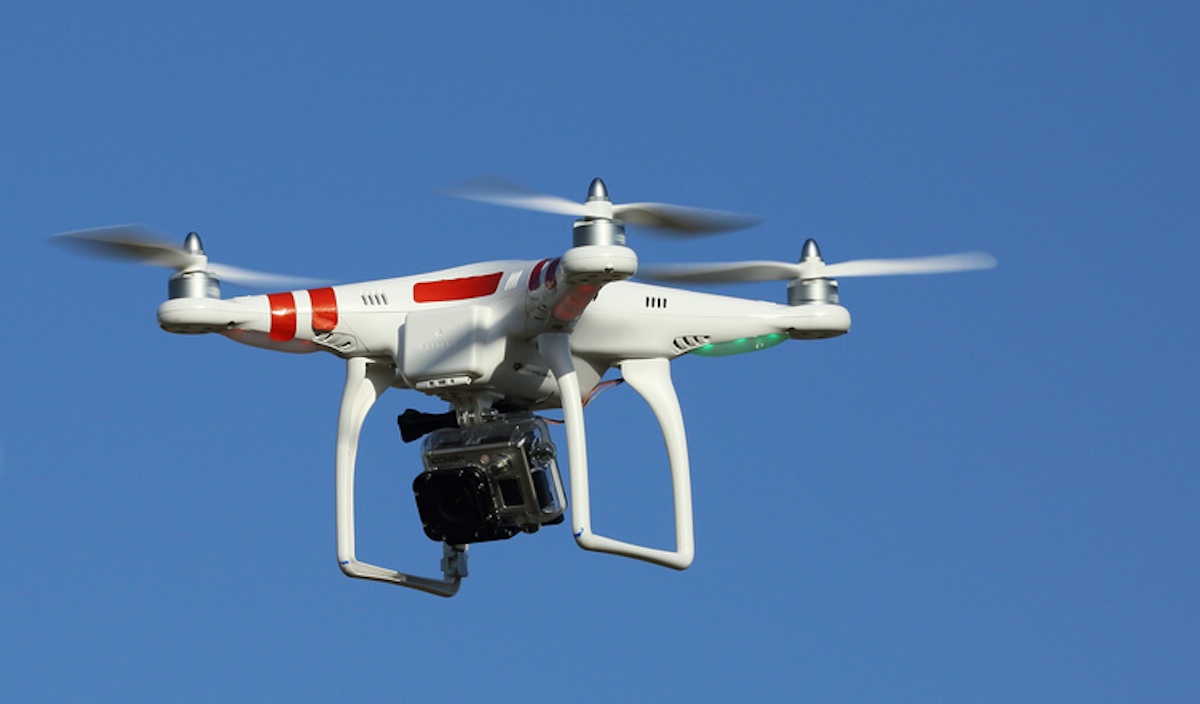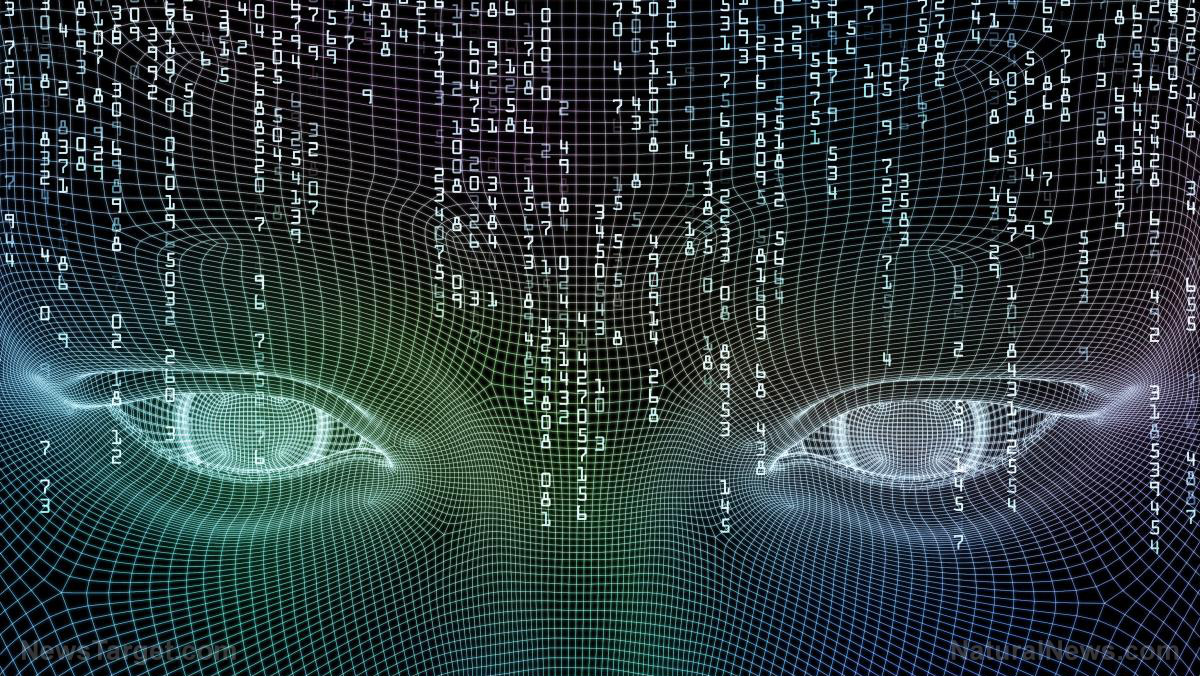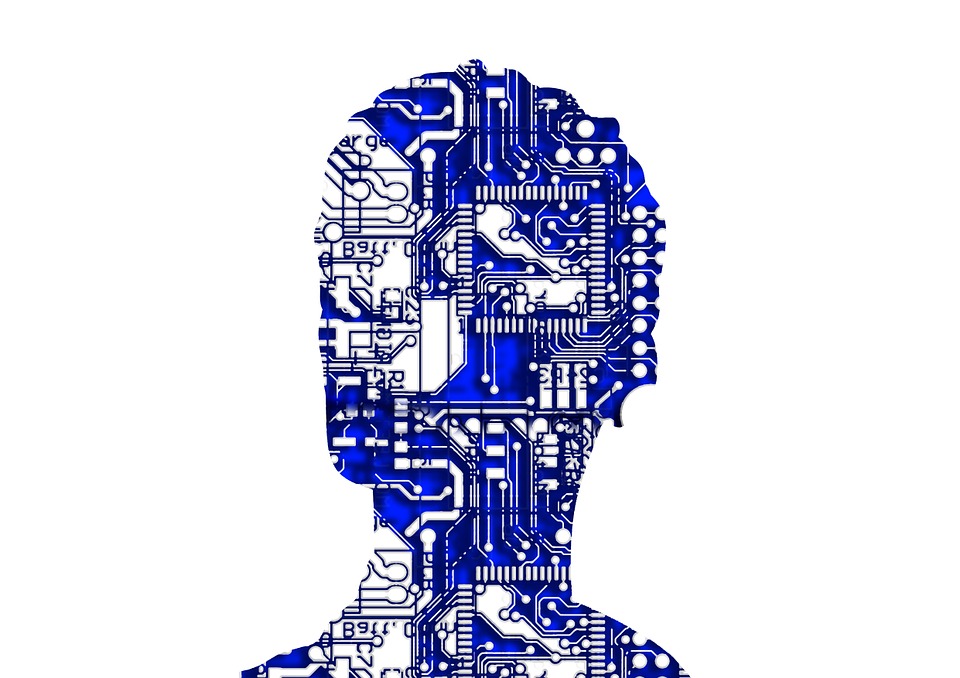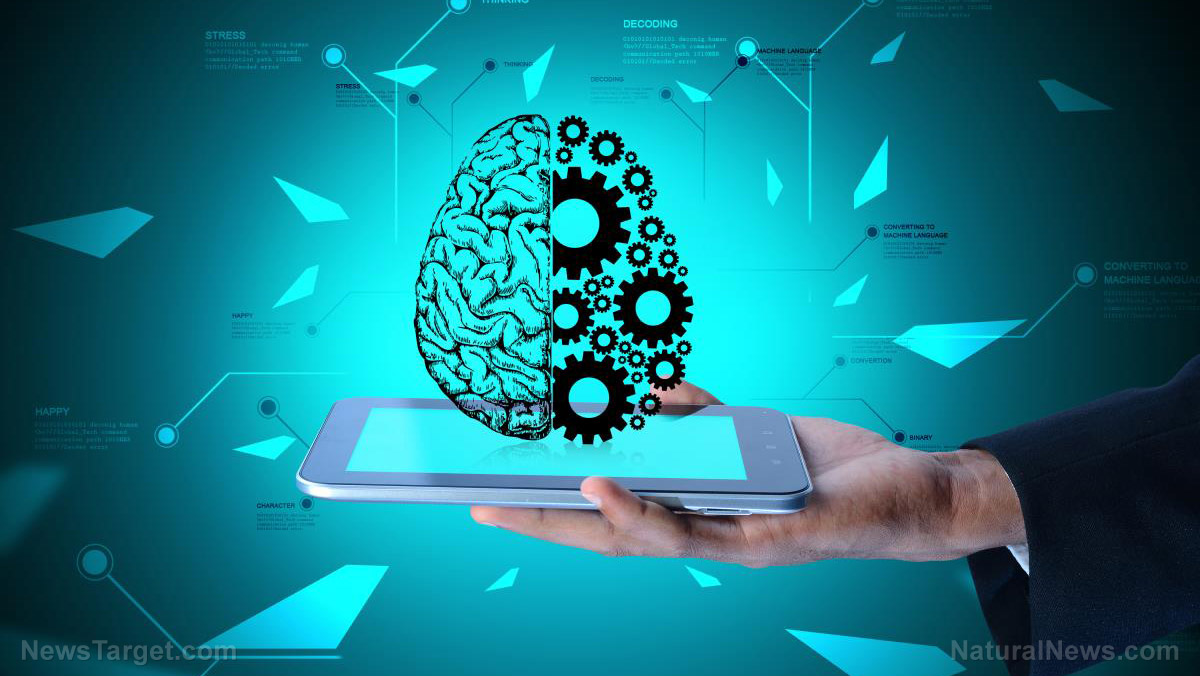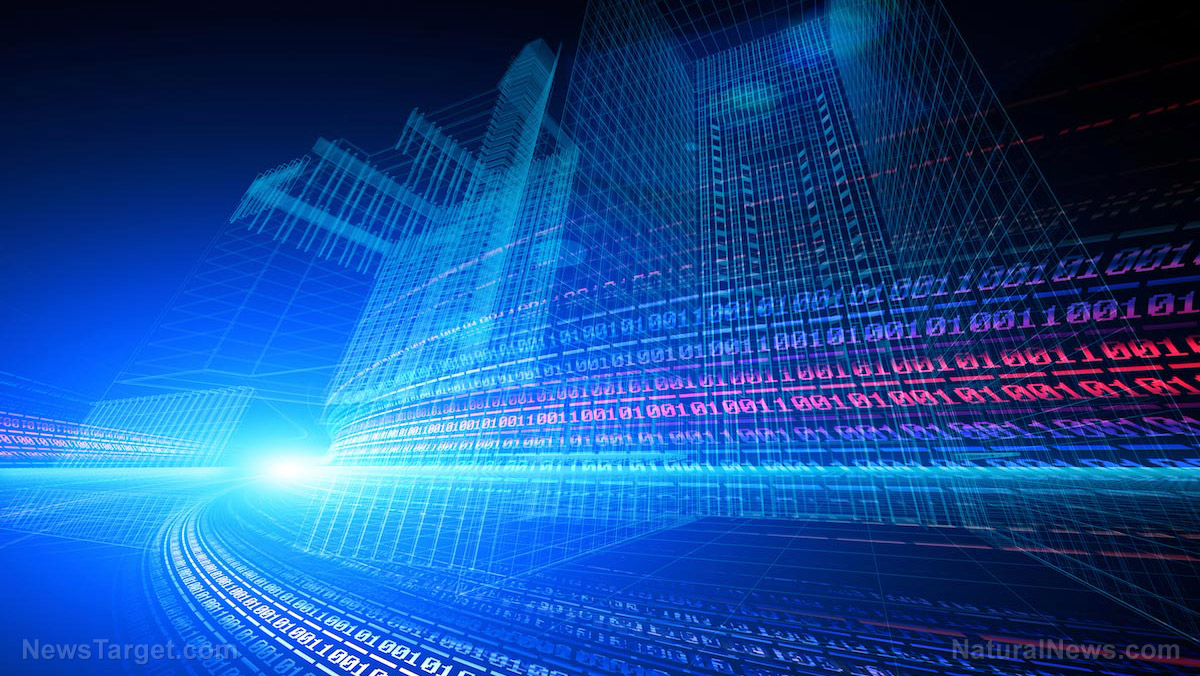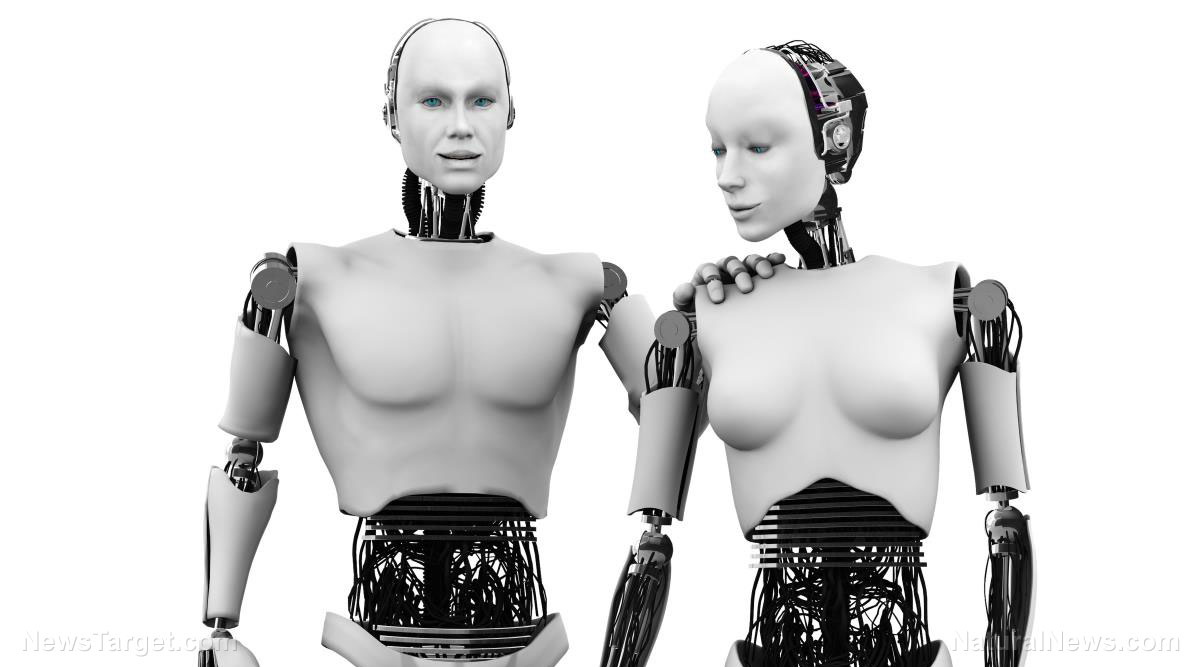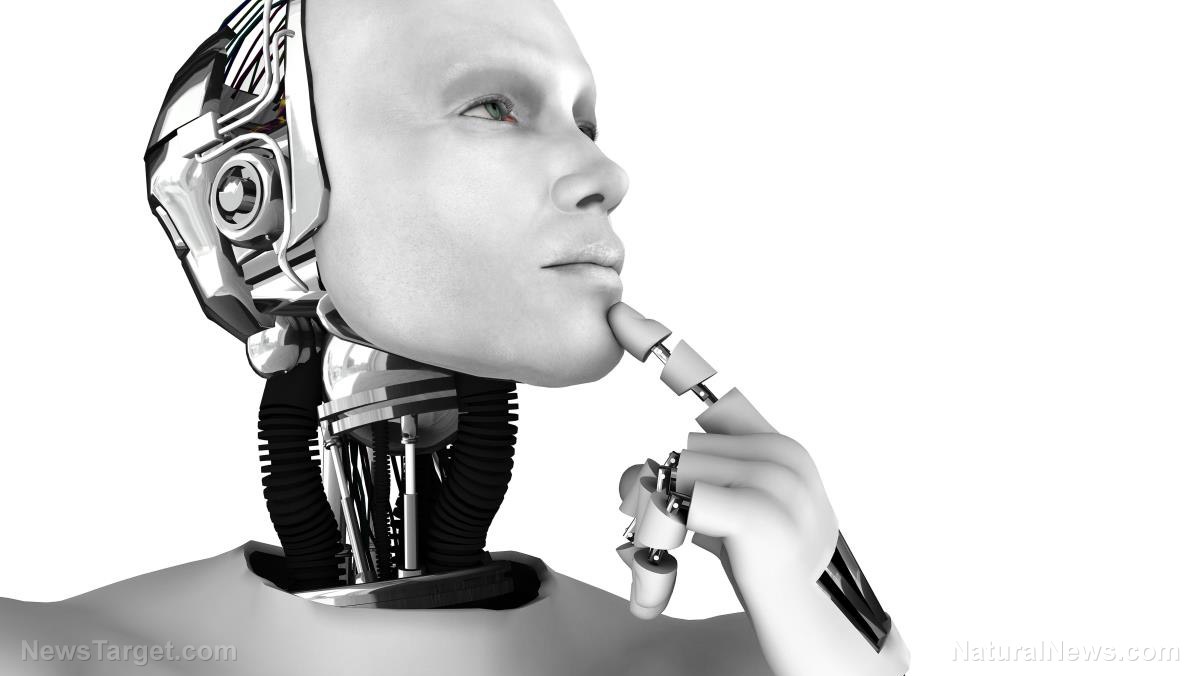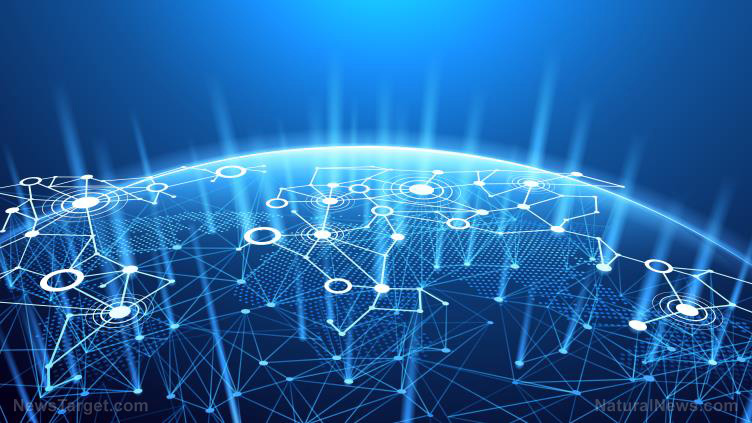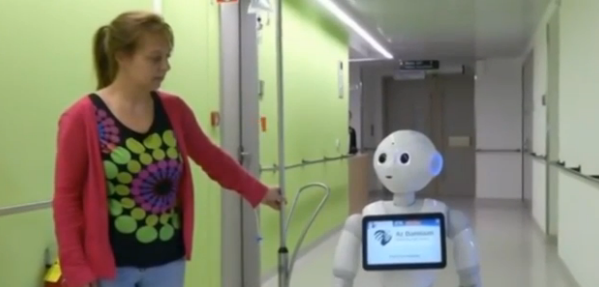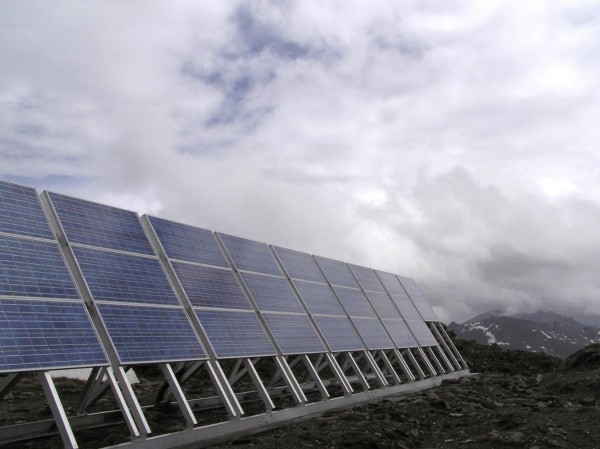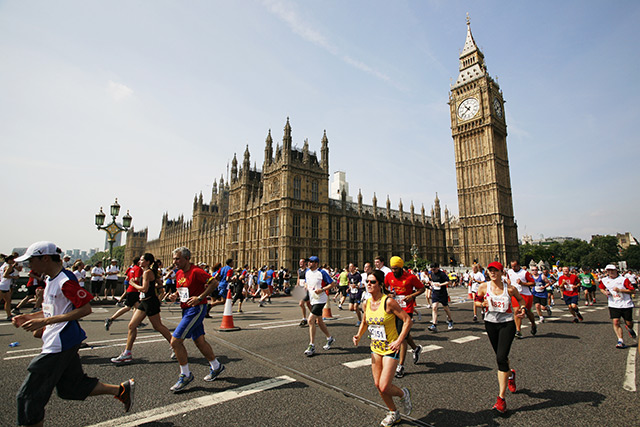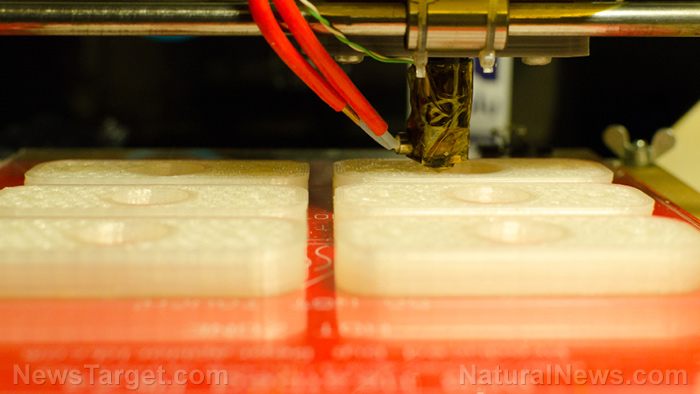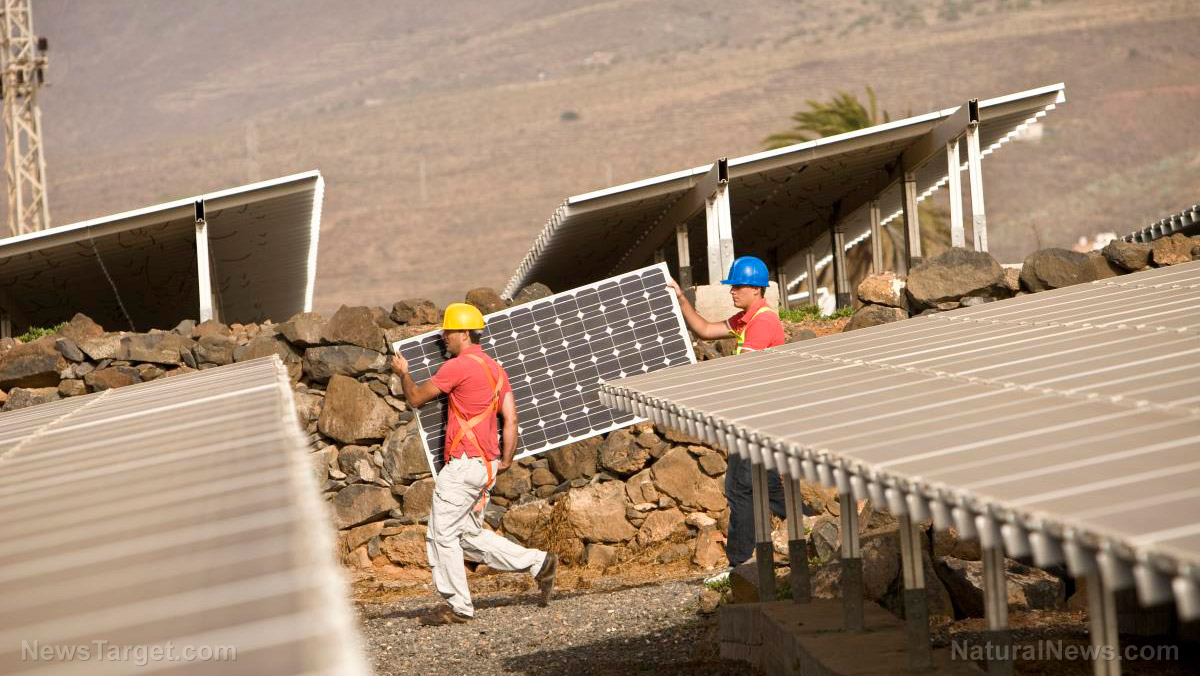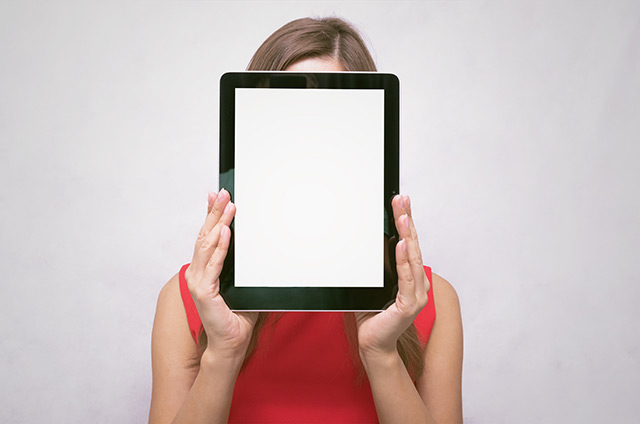First generation human detection software already being used on the elderly
12/11/2016 / By Ethan Huff
The latest in population control technology is being unveiled in Singapore, where the elderly are now being used as human guinea pigs in a collaborative trial to see how effectively humans can be tracked using wireless sensor technology. According to The Straits Times, two senior studio apartments have already been equipped with the technology, including the installation of seven small sensors strategically placed throughout the premises that actively monitor the whereabouts of the seniors who live there.
Every time Madam Ng Siew Eng, one of the participating elderly patients, leaves her house, her caretakers and family members are able to track her whereabouts thanks to a special device attached to her house keys. This device communicates remotely with a server that keeps tabs on her every move, that way if someone is needing to find her they can do so in real time, should an unexpected emergency occur.
While in her home, Madam Ng can also be monitored by the small devices attached to the walls of her living room, bedroom, bathroom, and kitchen. As she roams about her home, these devices communicate with the third party server to make sure she hasn’t fallen, for instance, or isn’t having trouble breathing. The system is even capable of monitoring her sleeping patterns.
Madam Ng’s apartment is one of two in the area that’s being preliminarily tested as part of a six-month trial being conducted by Adventist Home for the Elders and a local technology startup known as ConnectedLife. If successful – which by all indications so far, those in participation are favorable towards it – the technology could see greater expansion in the coming months and years.
“Before, I was worried I might pass out and nobody would know,” Madam Ng told the paper. “Now, with this emergency button, I’m very happy.”
Human monitoring has its benefits, but is it just more ‘Big Brother’ in our lives?
The technology is equipped with various “smart” elements as well that can detect unusual behavioral patterns that might indicate a person is injured or even dead. Spending too much time in the bathroom, for instance – “too much time” being inordinate amounts that break typical patterns – would trigger a call to a local family member or caregiver, who would know to come and check on the individual.
Tracking systems such as this one also allow seniors more freedom, advocates claim, giving them greater confidence to go more places without worrying that they might get lost or hurt. And their loved ones are then faced with less worry about what might happen out of eyeshot or earshot, a win-win for seniors in terms of prolonged independence during their latter years.
Josephine Teo, Senior Minister of State at the Prime Minister’s Office, believes the technology is a wonder for seniors, and that it provides everyone involved greater peace of mind – which it definitely does. But such technology isn’t without its fair share of privacy concerns, as having a constant “eye” inside the home and on one’s person 24 hours a day leaves the door open for more government invasion into our lives.
“That’s the scariest part of this [trend] – the potential for Big Brother,” Rich Redelfs, a general partner at Foundation Capital, a wireless technologies venture capital firm, said to Computer World. “Privacy is ultimately a moral issue, and that matters to us. The Internet as a whole has raised the issue for how much of our personal information might be seen by others.”
“I’d say the biggest worry is the growing use of wireless video cameras in traffic.”
Sources:

